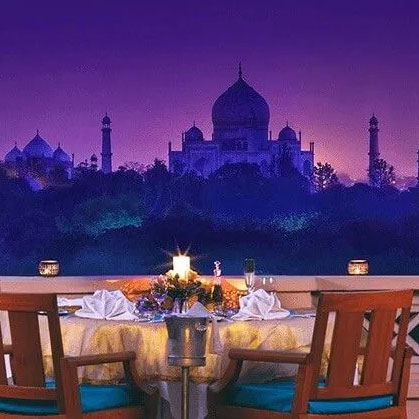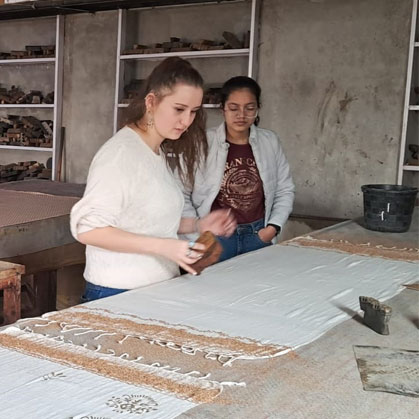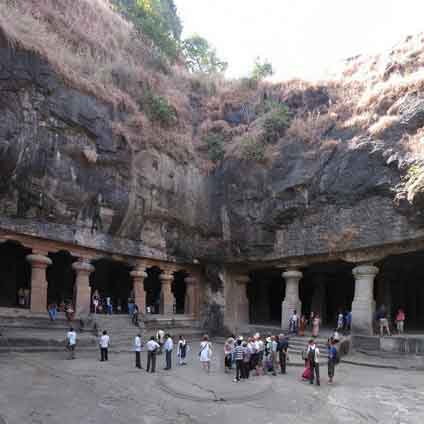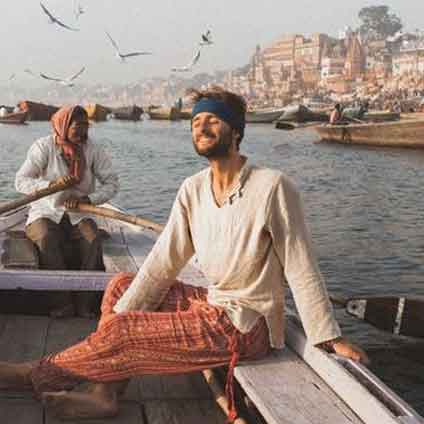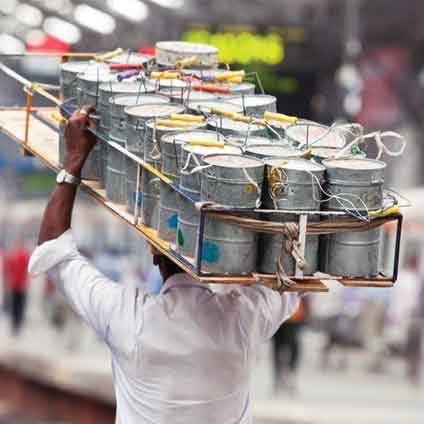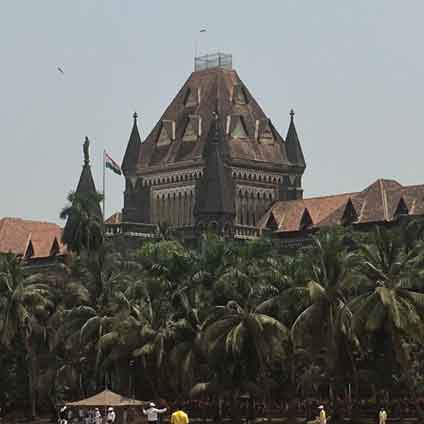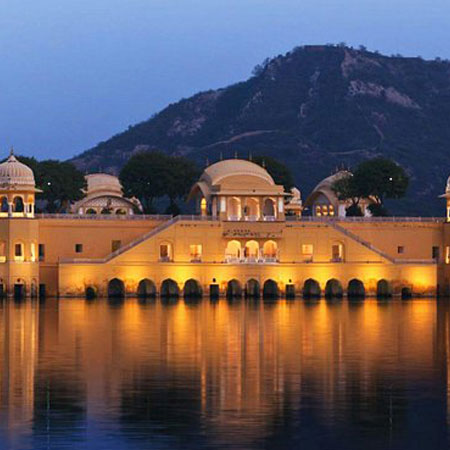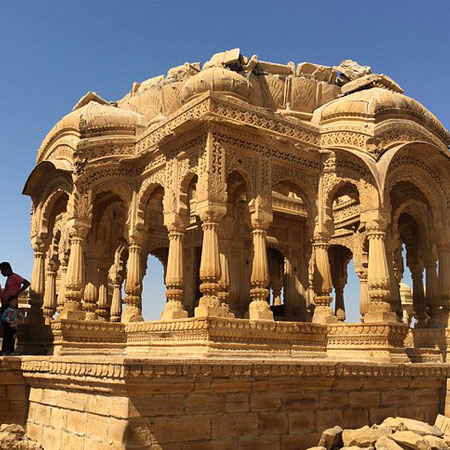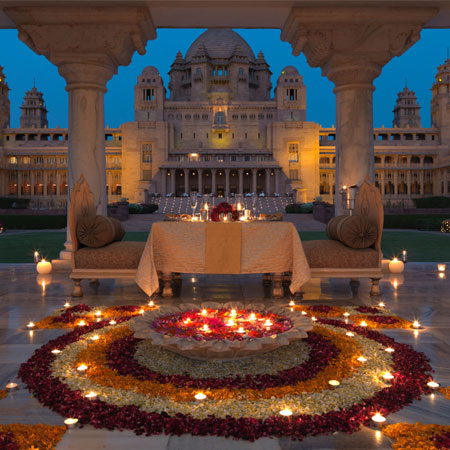You may get to the serene, forested island of Gharapuri by boat in 45 minutes from The Gateway of India dock, which is located next to the Taj Mahal Hotel. Since the Portuguese discovered a stone elephant on this island in the 16th century, it has been known as Elephanta. The Bhau Daji Lad Museum in the centre of Mumbai was the recipient of the elephant’s relocation to the mainland. Start Elephanta caves Tour from here.
One of the best examples of colossal sculpture in India may be reached after a short stroll from the island’s jetty and a moderate hike. A cave and an adjacent brick stupa both have signs of Buddhist iconography. These caves were cut out of rock around the fifth and sixth centuries.
The stunning main cave, a UNESCO World Heritage Site, with its magnificent Shiva carvings, is the highlight. As Buddhism gradually collapsed in parts of India, this was developed as a component of the rebirth of Hinduism. With Castle & King’s guide, Elephanta’s main cave is worthy of in-depth study and provides an enthralling introduction to Hindu mythology.
The southern wall’s central Tri-murti sculpture, which depicts three facets of the great god Shiva, is a masterwork and arguably the most striking piece of sculpture. Shiva is also shown dancing, sitting on Mount Kailash, and in an androgynous stance as Ardhanarishwara (half man, half woman), among other images, in other panels. To explore nearby is a tiny museum.
In the northern western ghats (riverside steps), a ridge of hills that extends north from Mumbai, there are cave temples, retreats, and monasteries. The caves in Ellora, Ajanta, and Aurangabad, located 400 kilometers (248 miles) to the north, are among the most diverse and expansive. The caves at Kanheri, in north Mumbai, are the nearest. Elephanta caves Tours End here.
Add Elephanta caves Tour on our TAJ PALACE TOUR & OBEROI … THE ULTIMATE INDIAN LUXURY TOUR
Elephanta caves Tour, only available as part of a planned itinerary.

 Menu
Menu